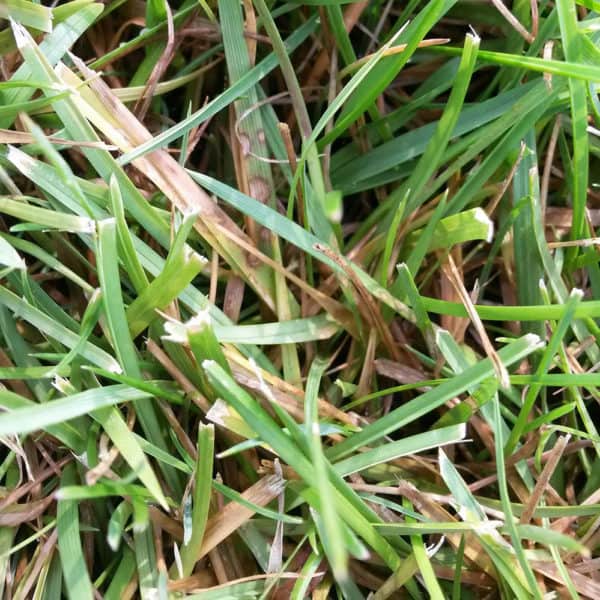
Pythium Blight
Pythium spp.
Pythium blight first appears as small, irregularly shaped spots ranging from 12 mm to 100 mm in diameter. Leaves appear water-soaked in appearance at first, then shrivelled. Diseased patches fade to a light-brown or grey colour.
Groups of spots frequently join together. At times, the shape of the affected areas may resemble elongated streaks. Both the presence and pattern of these streaks seem to be determined by the flow or presence of surface water.
- Pythium Blight thrives during hot days (30°C- 35°C) and warmer night time temperatures (20°C+)
- Relative Humidity above 90% for prolonged (14 hours) periods of time.
- Dense turf rapidly growing with high Nitrogen is more likely to be attacked.
- Areas with poor drainage and air circulation are also more likely to be attacked.
Pythium is also one of many diseases that under the right conditions, high night-time humidity, will produce a fluffy white mycelium covering the turf.
Increasing drainage, air circulation, lowering Nitrogen inputs and not overwatering are all excellent ways on management Pythium in your lawn.
Pythium blight is less likely to occur with a regular balanced fertiliser program. Let the experts at Lawn Addicts supply you with a lawn care program based on turf identification.
Message us for further advice on other products.
